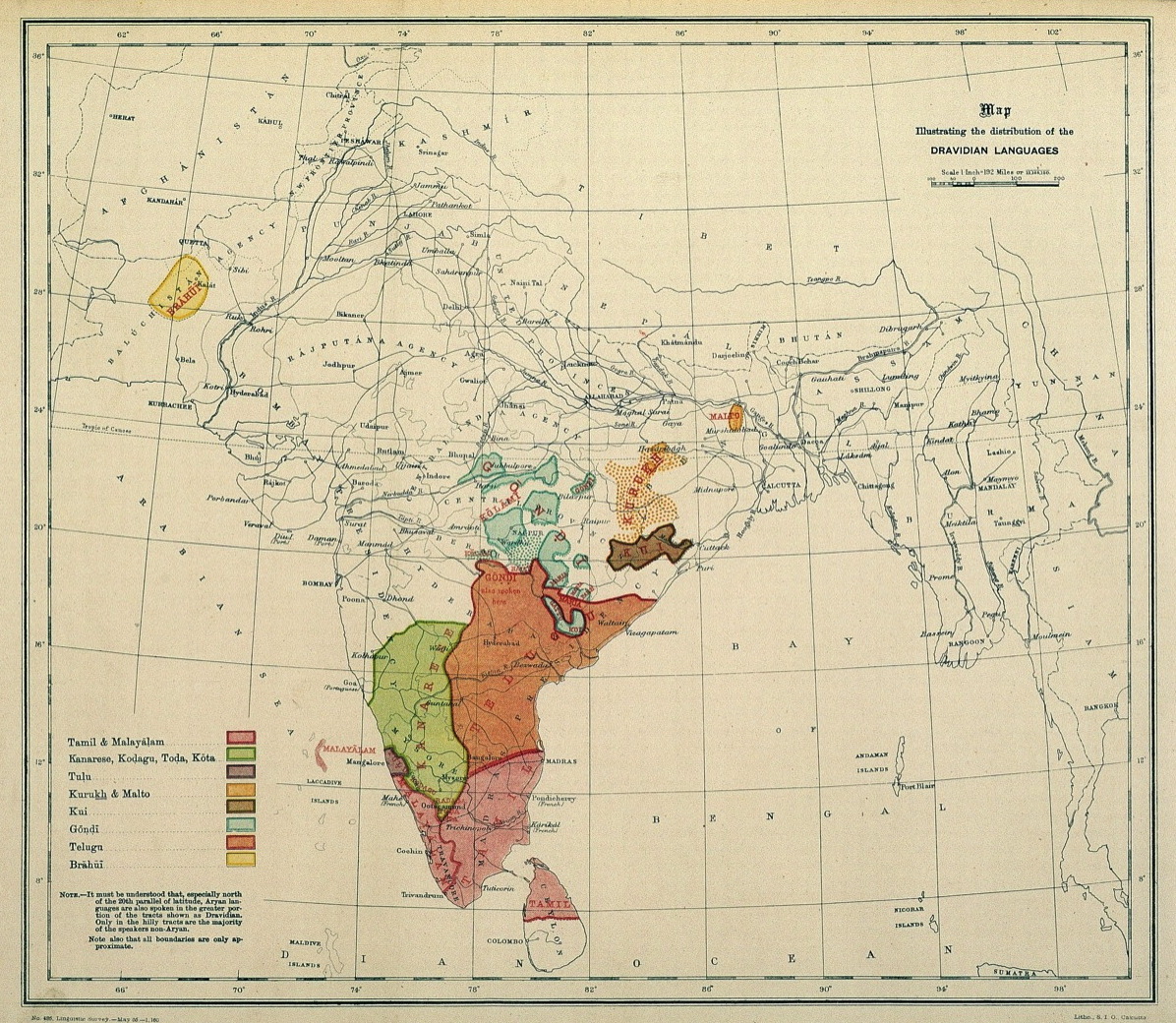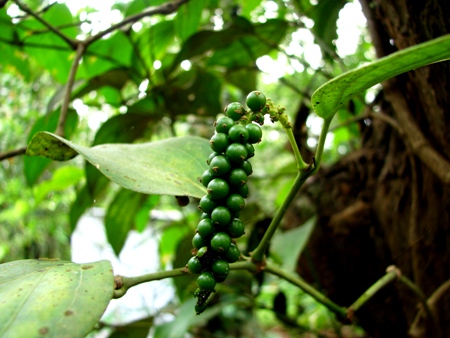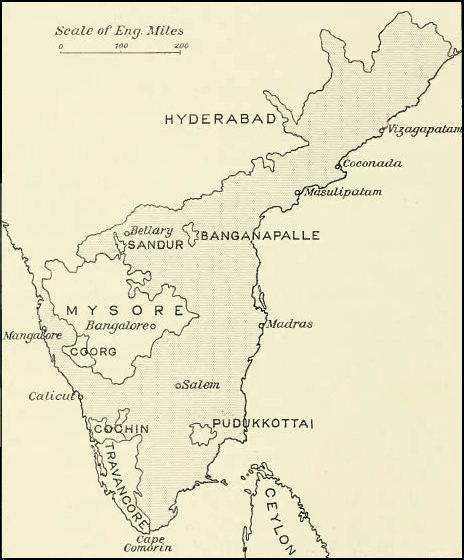|
Malayalee
The Malayali people (; also spelt Malayalee and sometimes known by the demonym Keralite) are a Dravidian ethnolinguistic group originating from the present-day state of Kerala and Union Territory of Lakshadweep in India, occupying its southwestern Malabar coast. They form the majority of the population in Kerala and Lakshadweep. They are predominantly native speakers of the Malayalam language, one of the eleven classical languages of India. The state of Kerala was created in 1956 through the States Reorganisation Act. Prior to that, since the 1800s existed the Kingdom of Travancore, the Kingdom of Cochin, Malabar District, and South Canara of the British India. The Malabar District was annexed by the British through the Third Mysore War (1790–92) from Tipu Sultan. Before that, the Malabar District was under various kingdoms including the Zamorins of Calicut, Kingdom of Tanur, Arakkal kingdom, Kolathunadu, Valluvanad, and Palakkad Rajas."Travancore." Encyclopædia B ... [...More Info...] [...Related Items...] OR: [Wikipedia] [Google] [Baidu] |
Dravidian Languages
The Dravidian languages are a language family, family of languages spoken by 250 million people, primarily in South India, north-east Sri Lanka, and south-west Pakistan, with pockets elsewhere in South Asia. The most commonly spoken Dravidian languages are (in descending order) Telugu language, Telugu, Tamil language, Tamil, Kannada, and Malayalam, all of which Classical languages of India, have long literary traditions. Smaller literary languages are Tulu language, Tulu and Kodava language, Kodava. Together with several smaller languages such as Gondi language, Gondi, these languages cover the southern part of India and the northeast of Sri Lanka, and account for the overwhelming majority of speakers of Dravidian languages. Malto language, Malto and Kurukh language, Kurukh are spoken in isolated pockets in eastern India. Kurukh is also spoken in parts of Nepal, Bhutan and Bangladesh. Brahui language, Brahui is mostly spoken in the Balochistan region of Pakistan, Sistan and Baluc ... [...More Info...] [...Related Items...] OR: [Wikipedia] [Google] [Baidu] |
Tamil Nadu
Tamil Nadu (; , TN) is the southernmost States and union territories of India, state of India. The List of states and union territories of India by area, tenth largest Indian state by area and the List of states and union territories of India by population, sixth largest by population, Tamil Nadu is the home of the Tamil people, who speak the Tamil language—the state's official language and one of the longest surviving Classical languages of India, classical languages of the world. The capital and largest city is Chennai. Located on the south-eastern coast of the Indian peninsula, Tamil Nadu is straddled by the Western Ghats and Deccan Plateau in the west, the Eastern Ghats in the north, the Eastern Coastal Plains lining the Bay of Bengal in the east, the Gulf of Mannar and the Palk Strait to the south-east, the Laccadive Sea at the southern Cape (geography), cape of the peninsula, with the river Kaveri bisecting the state. Politically, Tamil Nadu is bound by the Indian sta ... [...More Info...] [...Related Items...] OR: [Wikipedia] [Google] [Baidu] |
Demonym
A demonym (; ) or 'gentilic' () is a word that identifies a group of people ( inhabitants, residents, natives) in relation to a particular place. Demonyms are usually derived from the name of the place ( hamlet, village, town, city, region, province, state, country, and continent). Demonyms are used to designate all people (the general population) of a particular place, regardless of ethnic, linguistic, religious or other cultural differences that may exist within the population of that place. Examples of demonyms include ''Cochabambino'', for someone from the city of Cochabamba; Tunisian for a person from Tunisia; and '' Swahili'', for a person of the Swahili coast. Many demonyms function both endonymically and exonymically (used by the referents themselves or by outsiders); others function only in one of those ways. As a sub-field of anthroponymy, the study of demonyms is called ''demonymy'' or ''demonymics''. Since they are referring to territorially defined grou ... [...More Info...] [...Related Items...] OR: [Wikipedia] [Google] [Baidu] |
Kerala
Kerala ( , ) is a States and union territories of India, state on the Malabar Coast of India. It was formed on 1 November 1956, following the passage of the States Reorganisation Act, by combining Malayalam-speaking regions of the erstwhile regions of Kingdom of Cochin, Cochin, Malabar District, Malabar, South Canara, and Travancore. Spread over , Kerala is the 14th List of states and union territories of India by area, smallest Indian state by area. It is bordered by Karnataka to the north and northeast, Tamil Nadu to the east and south, and the Laccadive Sea, Lakshadweep Sea to the west. With 33 million inhabitants as per the 2011 Census of India, 2011 census, Kerala is the List of states of India by population, 13th-largest Indian state by population. It is divided into 14 List of districts of Kerala, districts with the capital being Thiruvananthapuram. Malayalam is the most widely spoken language and is also the official language of the state. The Chera dynasty was the f ... [...More Info...] [...Related Items...] OR: [Wikipedia] [Google] [Baidu] |
Kolathunadu
Kolattunādu () (Kola Swarupam, as Kingdom of Cannanore in foreign accounts, Chirakkal (Chericul) in later times) was one of the four most powerful kingdoms on the Malabar Coast during the arrival of the Portuguese Armadas in India, along with Zamorin, the kingdom of Cochin and Quilon. Kolattunādu had its capital at Ezhimala and was ruled by the Kolattiri royal family and roughly comprised the North Malabar region of Kerala state in India. Traditionally, Kolattunādu is described as the land lying between the Chandragiri river in the north and the Korappuzha river in the south.Keralolpatti Granthavari: The Kolattunad Traditions (Malayalam) (Kozhikode: Calicut University, 1984) M. R. Raghava Varier (ed.) The Kolathunadu ( Kannur) kingdom at the peak of its power, reportedly extended from the Netravati River (Mangalore) in the north to Korapuzha (Kozhikode) in the south with the Arabian Sea on the west and Kodagu hills on the eastern boundary, also including the isola ... [...More Info...] [...Related Items...] OR: [Wikipedia] [Google] [Baidu] |
Kingdom Of Tanur
The Kingdom of Tanur (also referred to as Vettathunadu, Vettam, Tanur Swaroopam, and Prakashabhu; or the Kingdom of Light) was a feudal List of feudal states of Kerala, principality on the Malabar Coast of the Indian subcontinent during the Middle Ages. It was governed by the Tanur dynasty, a Hindu ruling family that claimed ''Kshatriya'' status. The kingdom encompassed parts of the coastal ''taluks'' of Tirurangadi, Tirur Taluk, Tirur, and Ponnani taluk, Ponnani in present-day Malappuram district, including locations such as Tanur, Malappuram, Tanur, Tirur (historically known as Trikkandiyur) and Chaliyam. The kingdom also contained the coastal villages of Kadalundi and Chaliyam in the southernmost region of Kozhikode district. The rulers of Vettathunadu were long-standing feudatory, feudatories of the Zamorin of Calicut. With the arrival of the Portuguese on the Malabar Coast, the Vettathunadu kings began to manoeuvre between the Portuguese and the Zamorin. They were among th ... [...More Info...] [...Related Items...] OR: [Wikipedia] [Google] [Baidu] |
Zamorin Of Calicut
The Samoothiri (Anglicised as Zamorin; Malayalam: , , Arabic: ''Sāmuri'', Portuguese: ''Samorim'', Dutch: ''Samorijn'', Chinese: ''Shamitihsi''Ma Huan's Ying-yai Sheng-lan: 'The Overall Survey of the Ocean's Shores' 433 Translated and Edited by J. V. G. Mills. Cambridge University Press for the Hakluyt Society (1970).) was the title of the erstwhile ruler and monarch of the Calicut kingdom in the South Malabar region of India. Originating from the former feudal kingdom of Nediyiruppu Swaroopam, the Samoothiris and their vassal kings from Nilambur Kovilakam established Calicut as one of the most important trading ports on the southwest coast of India. At the peak of their reign, they ruled over a region extending from Kozhikode Kollam to the forested borders of Panthalayini Kollam (Koyilandy).Varier, M. R. Raghava. "Documents of Investiture Ceremonies" in K. K. N. Kurup, Edit., "India's Naval Traditions". Northern Book Centre, New Delhi, 1997K. V. Krishna Iyer, ''Zamorin ... [...More Info...] [...Related Items...] OR: [Wikipedia] [Google] [Baidu] |
Kingdom Of Cochin
The kingdom of Cochin or the Cochin State, named after its capital in the city of Kochi (Cochin), was a kingdom in the central part of present-day Kerala state. It originated in the early part of the 12th century and continued to rule until its accession to the Dominion of India in 1949. The kingdom of Cochin, originally known as Perumpadappu Swarupam, was under the rule of the Kulasekhara dynasty (Second Cheras), Later Cheras in the Medieval India, Middle Ages. After the fall of the Kulasekhara dynasty (Second Cheras), Mahodayapuram Cheras in the 12th century, along with numerous other provinces Perumpadappu Swarupam became a free political entity. However, it was only after the arrival of Portuguese on the Malabar Coast that the Perumpadappu Swarupam acquires any political importance. Perumpadappu rulers had family relationships with the Nambudiri rulers of Edappally. After the transfer of Kochi and Vypin from the Edappally rulers to the Perumpadappu rulers, the latter came ... [...More Info...] [...Related Items...] OR: [Wikipedia] [Google] [Baidu] |
Third Anglo-Mysore War
The Third Anglo-Mysore War (1790–1792) was a conflict in South India between the Kingdom of Mysore and the British East India Company, the Travancore, Kingdom of Travancore, the Maratha Empire, Maratha Confederacy, and the Nizam of Hyderabad. It was the third of four Anglo-Mysore Wars. Background Tipu Sultan, the ruler of the Kingdom of Mysore, and his father Hyder Ali before him, had previously fought twice with the forces of the British East India Company. The First Anglo-Mysore War, fought in the 1760s, had ended inconclusively on both sides, with treaty provisions including promises of mutual assistance in future conflicts. British failure to support Mysore in conflicts with the Maratha Empire, Maratha Confederacy and other actions supportive of Mysore's enemies led Hyder to develop a dislike for the British. After the British took the French-controlled port of Mahé, India, Mahé in 1779, Hyder, who had been receiving military supplies through that port and had placed ... [...More Info...] [...Related Items...] OR: [Wikipedia] [Google] [Baidu] |
Kingdom Of Valluvanad
Valluvanad (), or the Arangottu Swarupam, was a medieval state that exerted considerable influence in the region corresponding to present-day north-central Kerala, south India, from the early 12th century until the close of the 18th century CE. Attested as early as the late 10th century CE as a constituent chiefdom of the medieval Chera kingdom of Kerala, Valluvanad emerged as a sovereign state following the kingdom's dissolution in the early 12th century CE. It was traditionally ruled by a Samanthan Nair family known as Vellodis, similar to the Eradis of the neighboring Eranad (the Zamorins of Calicut). The rulers of Valluvanad held the title of Valluvakonathiri or Vellattiri. The state was disestablished in 1793, with the East India Company taking over its administration directly, and the hereditary ruling family settling for a pension arrangement. Name variations Valluvanad, also known by various transliterations such as Valluvanadu, Valluvanatu, Valluvanat, Walluvana ... [...More Info...] [...Related Items...] OR: [Wikipedia] [Google] [Baidu] |
Palakkad
Palakkad (), Renaming of cities in India, also known as Palghat, historically known as Palakkattussery, is a city and a municipality in the States and union territories of India, Indian state of Kerala. It is the administrative headquarters of Palakkad District. Palakkad is the List of cities and towns in Kerala, most densely populated municipality and the List of cities and towns in Kerala, fourth-most densely populated city in the state. It was established before Indian independence under British Raj, British rule and known by the name Palghat. Palakkad is famous for the ancient Palakkad Fort, which is in the heart of the city and was captured and rebuilt by Hyder Ali in 1766 which later fell into the hands of Zamorin in 1784. The city is about northeast of the state capital, Thiruvananthapuram. The 18th-century Palakkad Fort has sturdy battlements, a moat, and a Hanuman temple on its grounds. North on the Kalpathy River, the 15th-century Viswanatha Swamy Temple, Palakkad, Vis ... [...More Info...] [...Related Items...] OR: [Wikipedia] [Google] [Baidu] |







